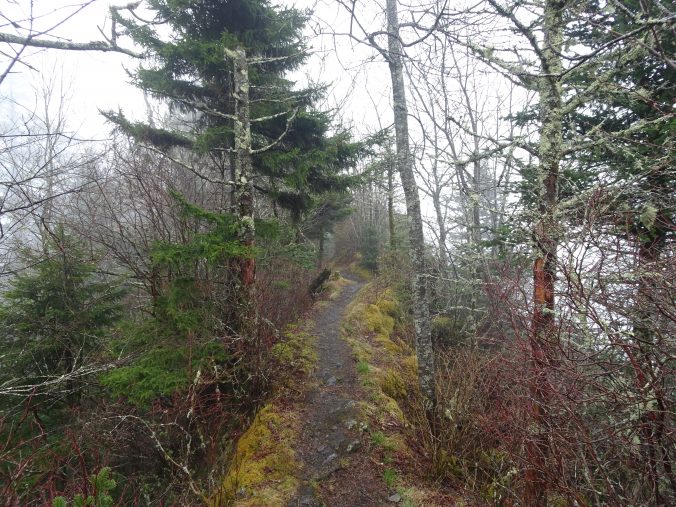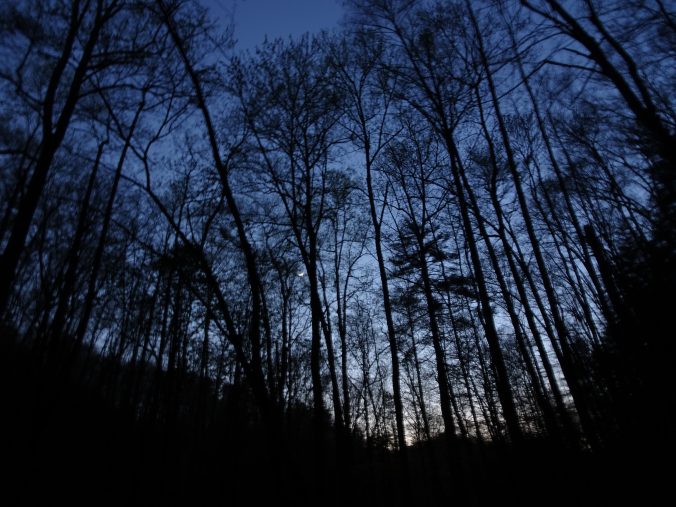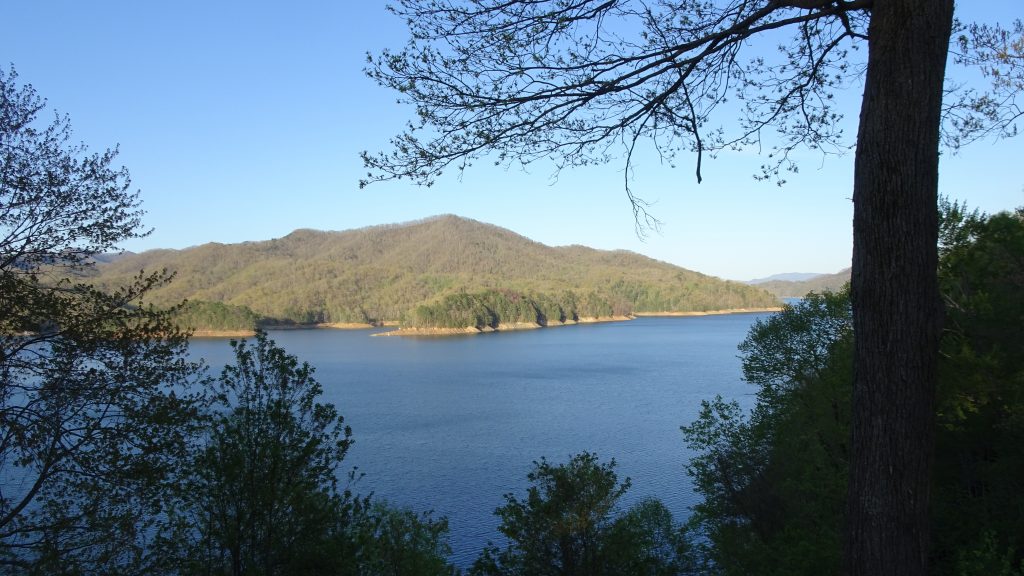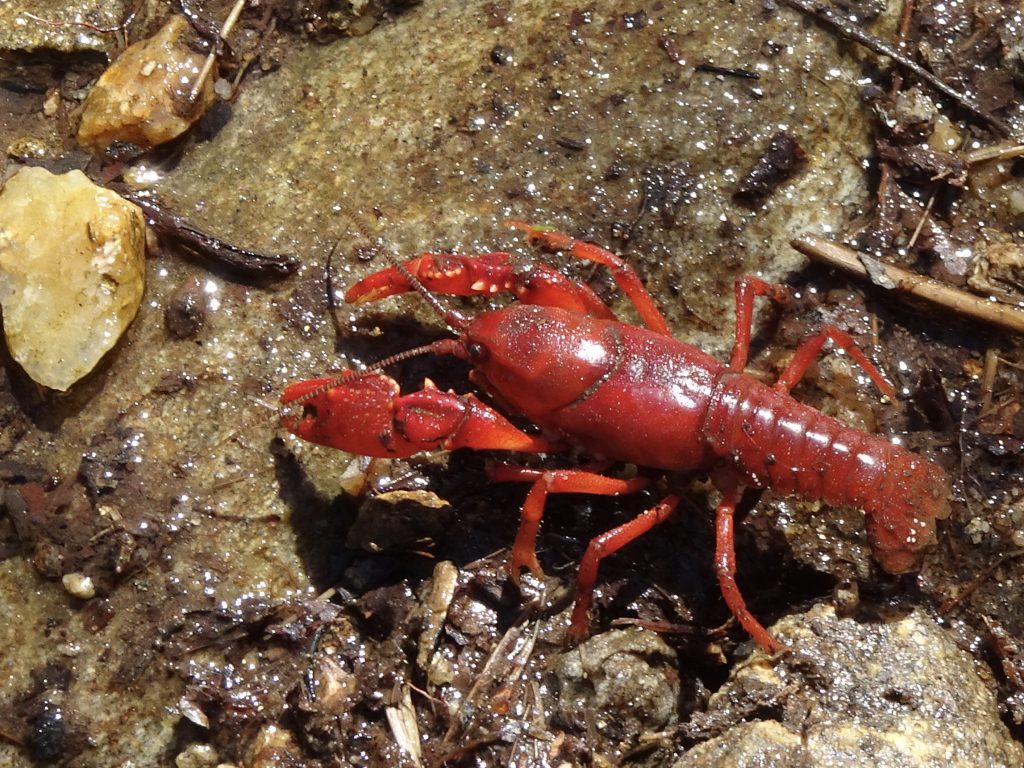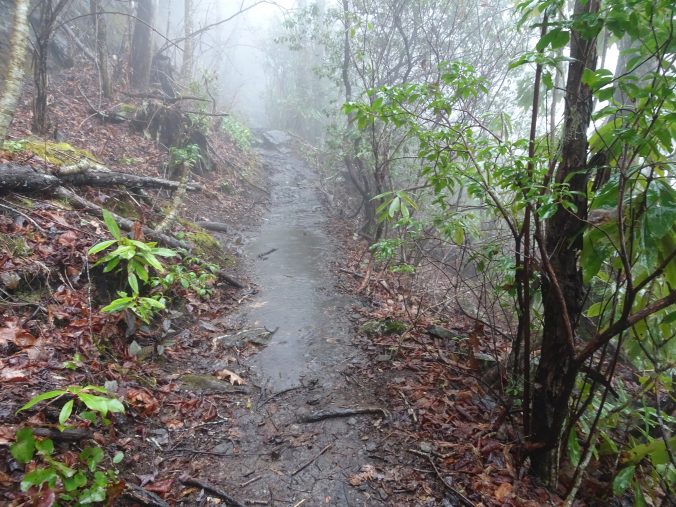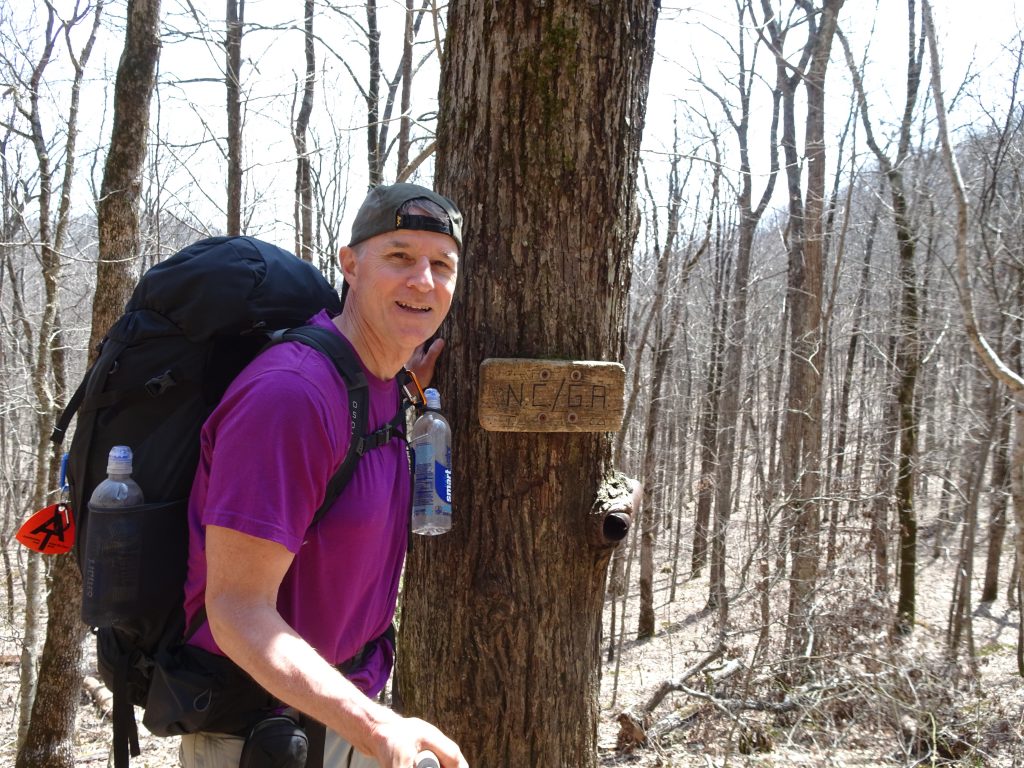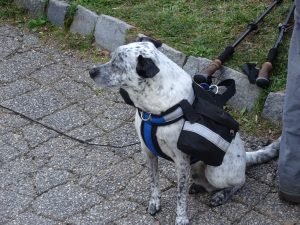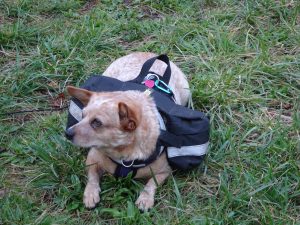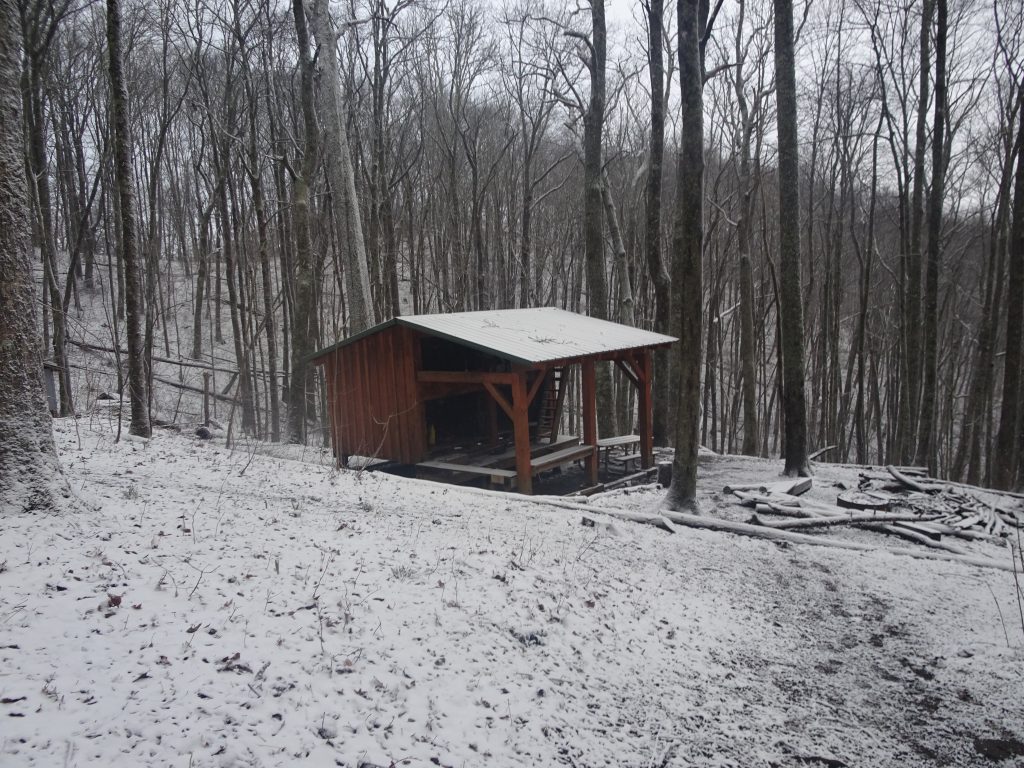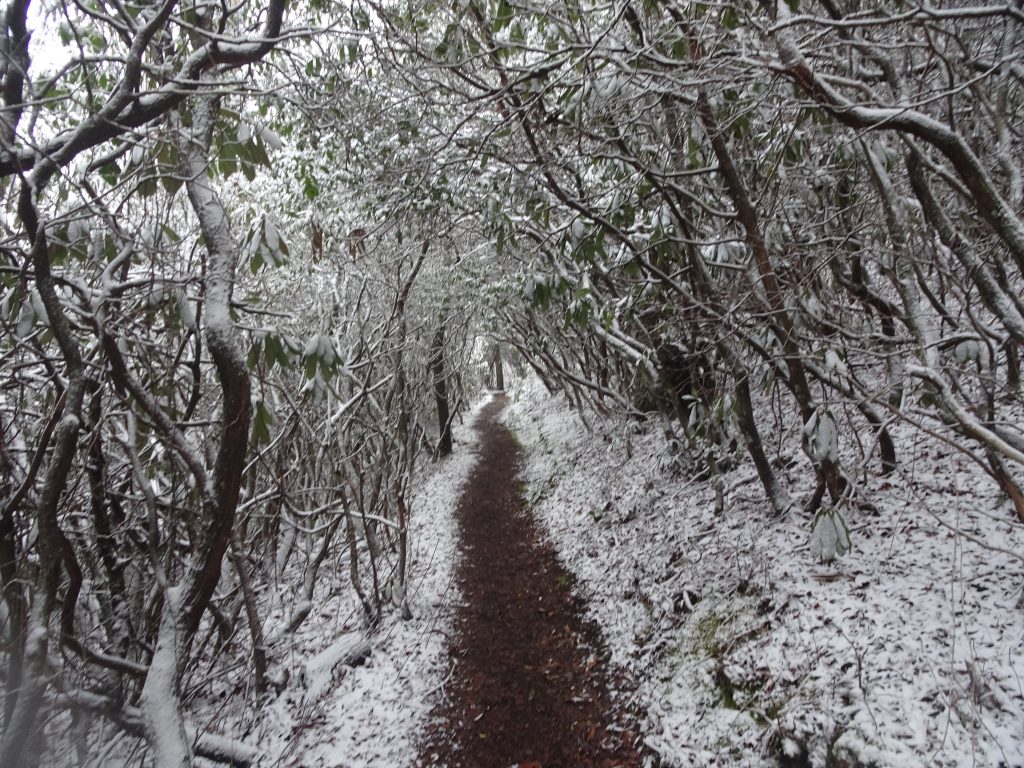It took me four and a half days to cross the 68-mile section of the AT that crosses the Great Smoky Mountains National Park. The trail roughly follows the Tennessee-North Carolina border. The first day was warm and sunny with good views as I hiked into the mountains. I climbed the Shuckstack Fire Tower, which was a little unnerving even though I am not normally afraid of heights.
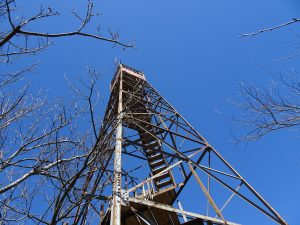
Shuckstack Fire Tower
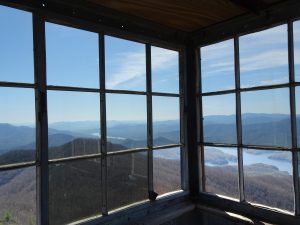
View of Fontana Lake from the Tower
In addition to the fine views, there were plenty of wildflowers and birds to see.
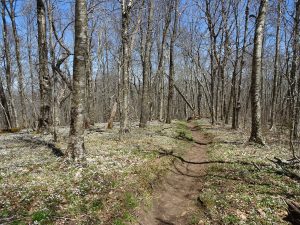
Not snow, Spring Beauties!

Spring Beauty

Pileated Woodpecker
After the first day, the weather took a turn for the worse. It rained on and off for next three and half days. I won’t dwell on the trials of hiking and camping in chilly, rainy weather other than to say I have learned to be grateful for dry gloves and socks.
Everything is lush and green, so I suspect that rainy days are not unusual.


The Smokies are one of only two places on the AT where thru hikers are required to get a permit. For your $20 fee, you get permission to hike plus two pages of rules to follow. I can’t argue with the rules. They are mostly about reducing human impact to the park and keeping the hikers separate from the bears. It is estimated that there are about 1500 black bears in the park, which is about 2 bears per square mile. With the park getting over 10 million visitors a year, keeping the humans and bears apart is no small task.
One rule is that hikers must stay in the shelters, if a space is available, otherwise tent camp next to the shelter. As a result, you can hike for miles in the park with no sign of human impact. There are no camp sites and fire rings like you typically see along trails. The Smoky Mountain shelters are pretty deluxe, with tarps to keep out the cold and wind – a nice feature at 5000 feet elevation.
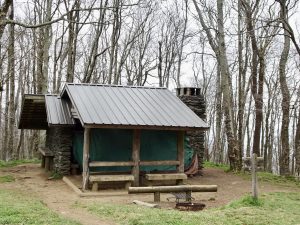
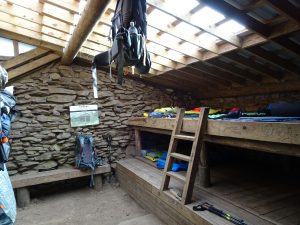
After four days in the Smokies, I and my fellow hikers were ready to get the heck out of the park and out of the rain. Three miles out of the park, I stayed the night at a popular hiker hostel called Standing Bear Farm. The owner told me she bought the farm twenty years ago and converted the various sheds and outbuildings into bunkhouses. The place has kind of a hippie commune vibe to it. All commerce there is on the honor system. When you check in, they give you a slip of paper and tell you to write down anything you take – resupply items, food, beer, etc. When you check out, they hand you a calculator and ask you to tally it up, then you pay. Their business model must be working since they seem to be prospering.
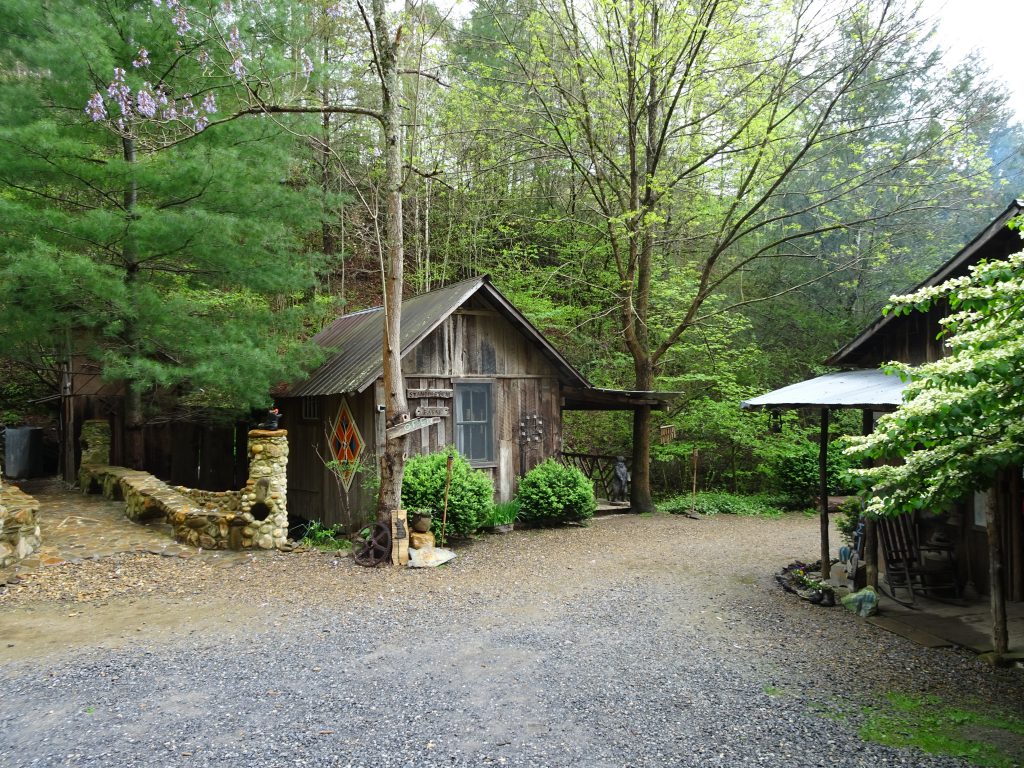
Standing Bear Farm (My bunkhouse on the left)
Every twenty minutes one of the workers yells “Beer run!”, then unlocks the shed and hands out beers to anybody ready for one. Selling cans of Pabst Blue Ribbon for $2 is a good business model in itself.
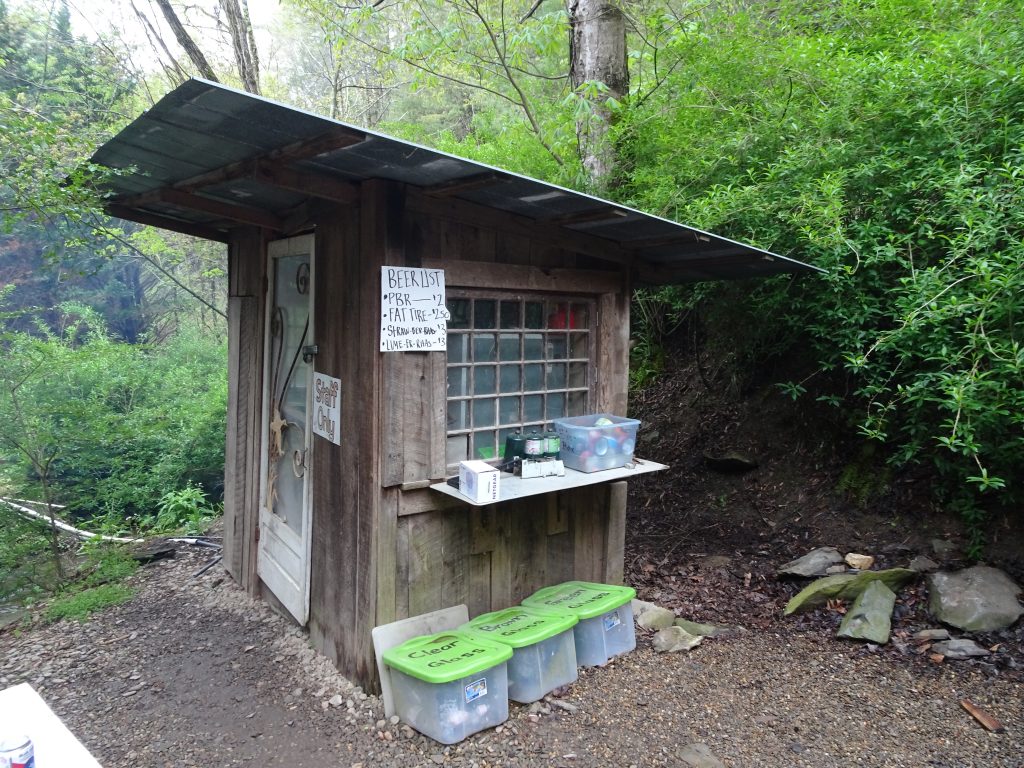
Appalachian Trail Brew Pub
